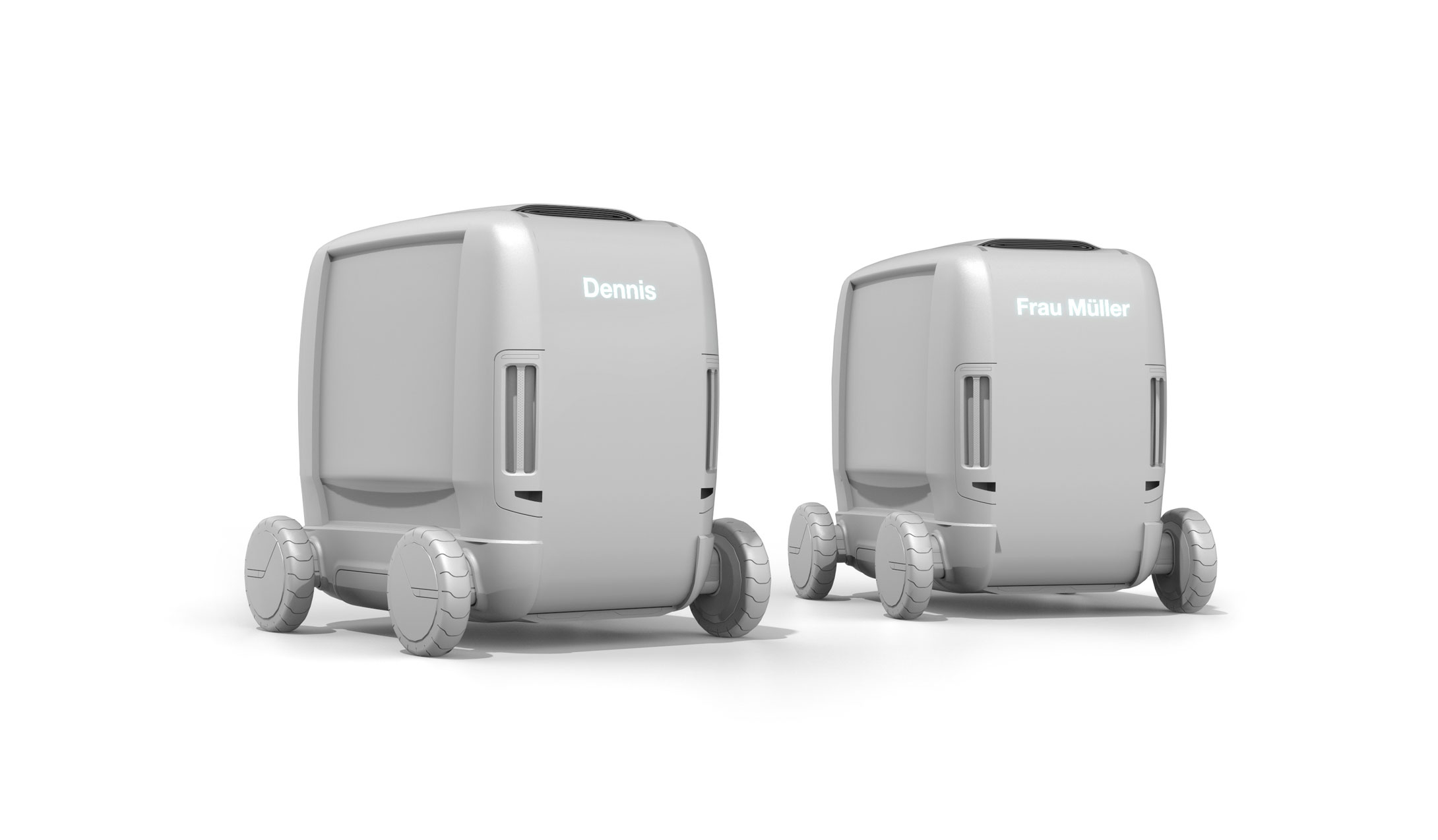LANDLINIE
System Design | Service Design | Mobility
Landline is a public transport service concept that is being developed in collaboration with the rural district of Oder-Spree in the German region of Brandenburg. Its aim is an adequate regional mobility service mainly targeting school children and the elderly.
Supervision by Prof. Nils Krüger and Prof. Jörg Petruschat at Weißensee Academy of Art Berlin
Consultation by Anna Junge and Julia Hunold
2017
Mobility in Oder-Spree
Senior citizens and young school children have the lowest mobility among all demographic groups in the region. Older individuals are dependent on the local public transport service for shopping, doctor visits, or other activities while school children below the age of 16, the legal driving age for small mopeds, are dependent on a local school bus which only runs twice a day. Most working adults own cars they use to commute.


Status Quo | Public Transportation
Currently, Bus-Oder-Spree is the only regional transport authority and the primary service provider of public transportation in the region. There are 91 busses on 37 bus lines in the county. The bus service thus does not satisfy the needs of the local population, in fact, it’s not even close. Rides per day are very limited, the busses drive mostly in the early morning hours; routes are complex and confusing. A regional provision requires the local transport service to reach even the most secluded areas in the county, but does not regulate the frequency of these isolated routes. Consequently, these bus lines resemble never-ending meanders, yet they are only running once or twice per day
Within the last couple of years a new on-call bus service has been implemented throughout the region. However, insights I gathered during interviews with public transport officials as well as local residents have revealed that since passengers are expected to book individual bus routes a whole day before travel, this on-call service is only rarely used. An on-call bus system leads to even fewer regular bus lines and to less mobility in the region. At the moment, Oder-Spree is planning to review its on-call bus service and may roll it back to return to the old strategy.


Meet Landlinie!
Landlinie proposes a drastic reduction of the existing bus lines in the county from 37 to just 11 while keeping all 91 busses in service. Bus frequencies on the remaining lines would radically improve to become half-hourly. A more regular bus service leads to more flexibility for passengers and ultimately increased mobility for local residents. Without designated bus lines, a fleet of free-floating autonomous short-distance shuttles will be deployed to insure coverage even in isolated areas..
Busses per Line
Eleven Main Bus Lines


Your Personal Shuttle
These autonomous short-distance vehicles directly transport their passengers from their home to designated stations along the county's main bus lines or vice versa. Passengers can easily identify their personal shuttles. These are capable of comfortably driving two individuals simultaneously and feature a convenient design suitable for senior citizens as well as children.


Electric, Smart, Autonomous
Strategically located charging hubs are distributed throughout the region. If the shuttle senses a low battery or any technical problems, it automatically checks into the nearest station. Once fixed and charged it promptly resumes service in the local fleet.
This is a short film I made illustrating how a fictional character, Mrs. Müller, rides Landlinie for a doctor visit. (German)
The project Landlinie has been featured in the local paper Märkische Oderzeitung.


Impressions from Oder-Spree
At the start of the project, our course spent one week in Oder-Spree. We met local politicians, business owners, scientists, engineers, journalists, photographers, public servants, firemen, wood workers, and farmers. We had the opportunity to speak to many citizens of Oder-Spree. I developed Landlinie after becoming aware of the fact that many locals are struggling with the local public transport service. The lack of infrastructure in the region is a major source of concern for many but the limited mobility resulting from it has especially limiting consequences for the elderly and young school children. Here are some impressions of our study trip.
























